Salta landmarks: Nothing else but beauty
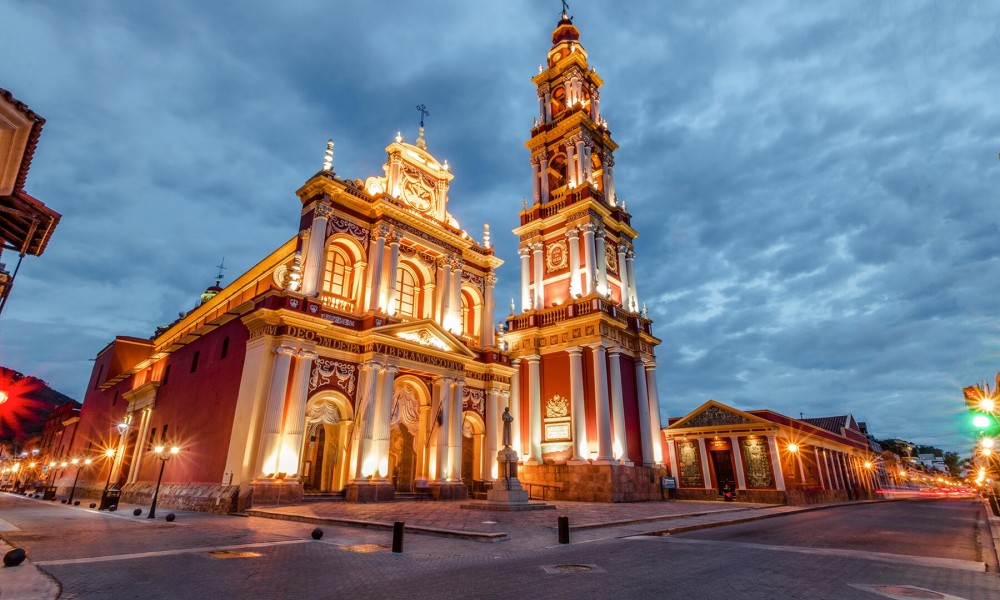
Argentina is divided into 23 provinces each having its own capital. Salta is the brightest and most interesting of them by virtue of its architecture, construction of streets, natural treasures, colourful mix of nations. In the streets of Salta one can meet а hot Creole lady, an Argentinean guy with passionate Italian roots, and a thoughtful resident of Arabic descend. Yes, it is a city with a long, confusing and complicated history...
Salta was founded by the Spanish commander Hernando de Lerma, one of the Spanish conquerors of America. The town even has its own birthday that is April 16, 1582. The indigenous people of the region, Indian tribes Diaguita, gave a very tough resistance to conquistadors. Therefore, they decided to found a settlement that would become a starting point for further colonization. Initially, this cute, cosy and seemingly sweet town was a warlike village, as well as a connecting element in the transport agreement of conquered colonies Buenos Aires and Lima.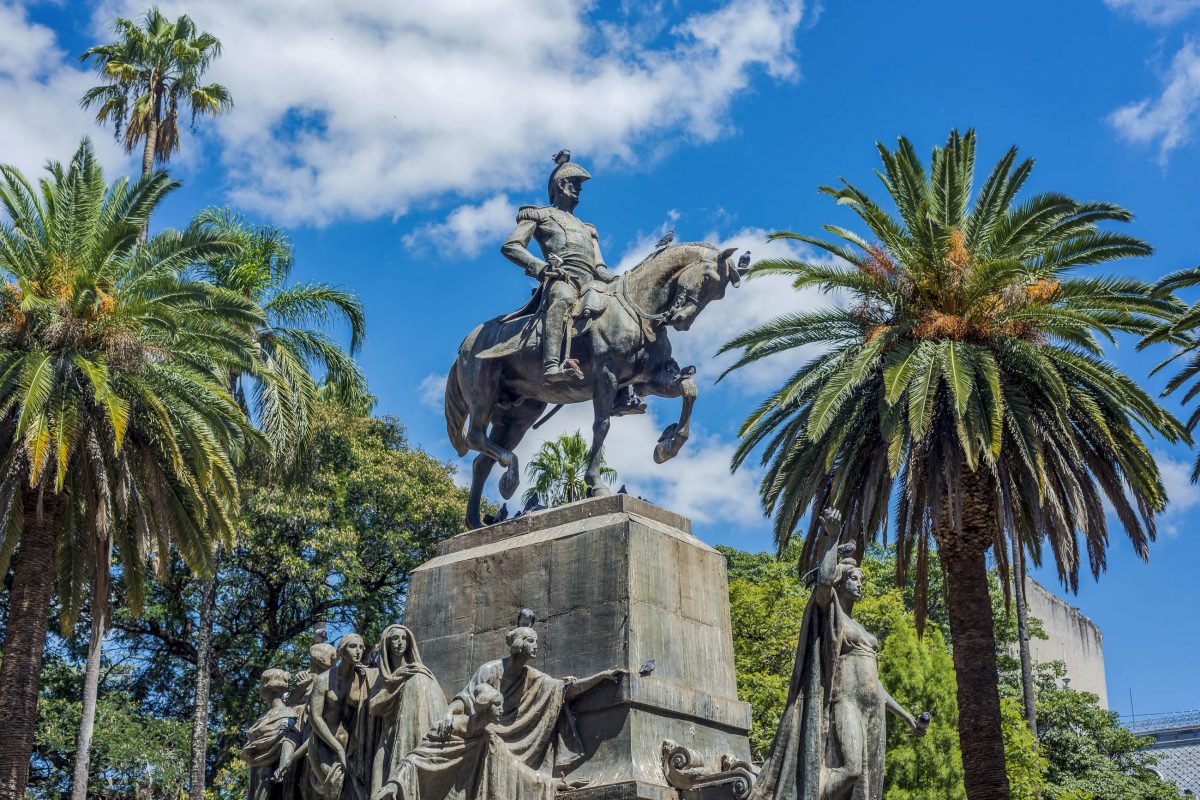 Photo franks-travelbox.com
Photo franks-travelbox.com
Today Salta is the third oldest and the eighth largest city in terms of number of population. After wars, the village kept growing, developing and occupied a solid place, turned into a commercial centre between Argentina and Peru. At the end of the nineteenth century immigrants from Italy rushed into the town, thus making it even more vibrant.
Introduction to Salta shall be started with its central square, The Plaza 9 de Julio. It is the centre of the town, the main square and Salta’s heartbeat. So, as befits a small city (population of Salta is a little more than 300 thousand people), all its bright and busy life revolves around the main square. Come evening, the plaza and the streets around it are alive with Salteños congregating at cafes and bars to unwind, slowly sipping traditional local coffee known as cafecito, they discuss the news with languid slowness typical for southern nations only.
Tourists visit numerous attractions accumulated around the square. For instance, it is necessary to inspect the Town Hall (where it is called the Cabildo) and the Historical Museum, which is located inside it. They are bright works of colonial architecture. Address: Caseros 541 - 4400.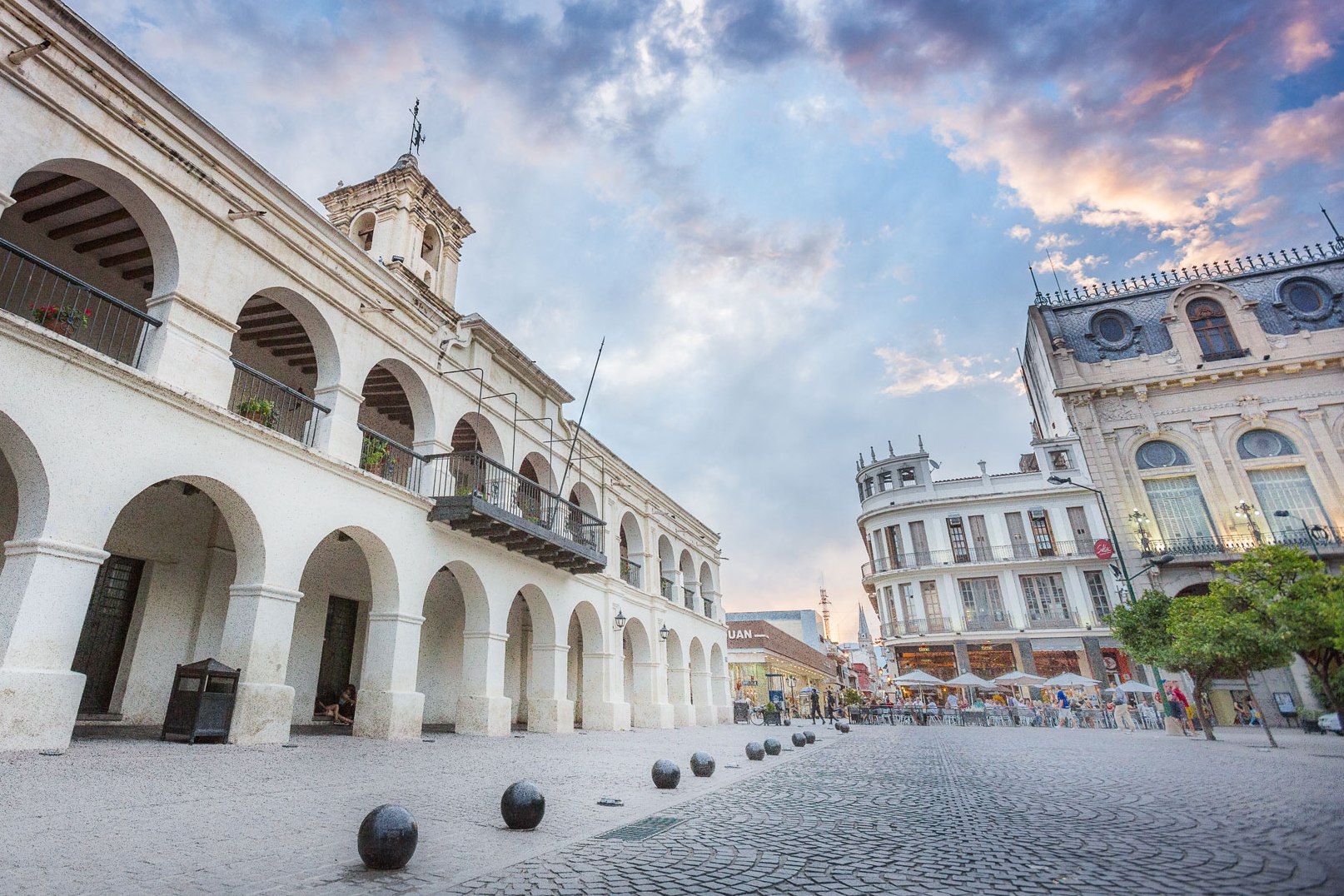 Photo infobae.com
Photo infobae.com
Another cultural offering located there is the Cathedral built in the middle of the nineteenth century. A little further there is Uriburu House, which once was inhabited by two Argentine presidents. It has been also turned into a museum. Nearby tourists find some interesting Jesuit churches, and walk along the promenade of La Florida. This rout leads to the local market, which is also considered a landmark selling unique pieces of folk crafts. Don’t leave Salta without such a souvenir.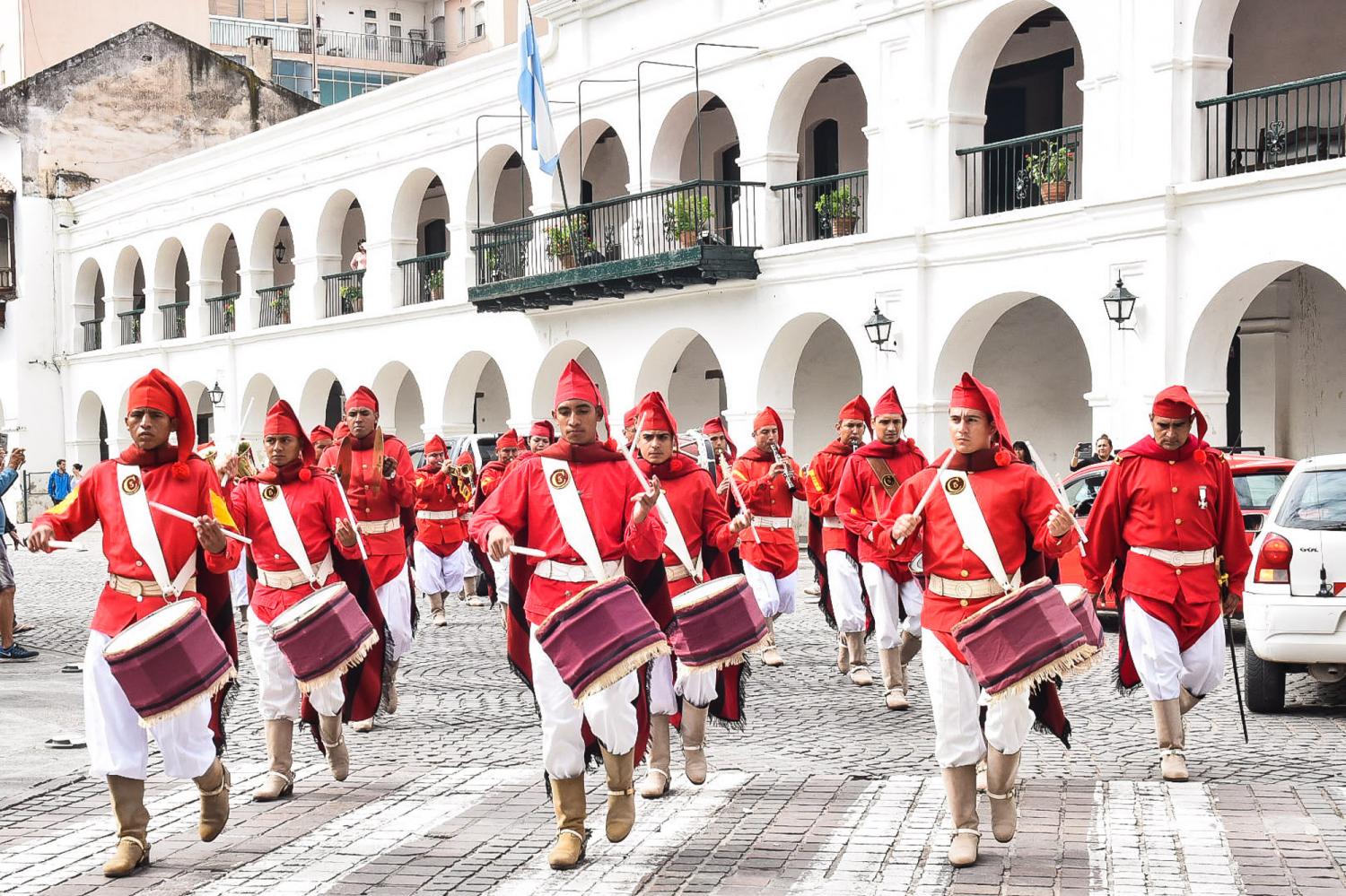 Photo lagacetasalta.com.ar
Photo lagacetasalta.com.ar
Get a view of the Salta and nearby valleys from the hill of San Bernardo and the eponymous monastery, east of the town centre. If you’re feeling energetic, climb steps to the top, but if the climb sounds daunting, there is a leisurely cable car riding to the observation deck: a great city, with extraordinary beautiful valleys of Lagunilla and Lerma. But this is far from being the main attractions of Salta the Beautiful.
Perhaps you have never heard of the Argentine city of Salta, but you surely know about its statue of the Virgin Mary. This is not only an architectural monument of historical significance, but also a goal of pilgrimage for Catholics from around the world. The statues of Virgin Mary and Christ the Wonderworker were built in the sixteenth century in the San Francisco Cathedral (cover photo). It is said that these statues are powerful of real miracles: they heal from fatal diseases and stop natural disasters.
The Cathedral is a magnificent architectural monument of the neo-Classical colonial style and, of course, a perfect sample of architecture of those times. The very history of its construction is also quite interesting: the process took more than a century. First, the local craftsmen restored the frame, and in a few decades the decoration was performed by Luis Giorgi, an Italian architect. The facade of the building keeps symbols of different cultures. The monastery operates at the Cathedral. It is also known throughout the world due to its architectural value. Its design is characterized by both luxury and elegance: complex patterns and palette, flowers, the Latin inscriptions, arches. All this beauty is crowned by the bell tower with height of four stories.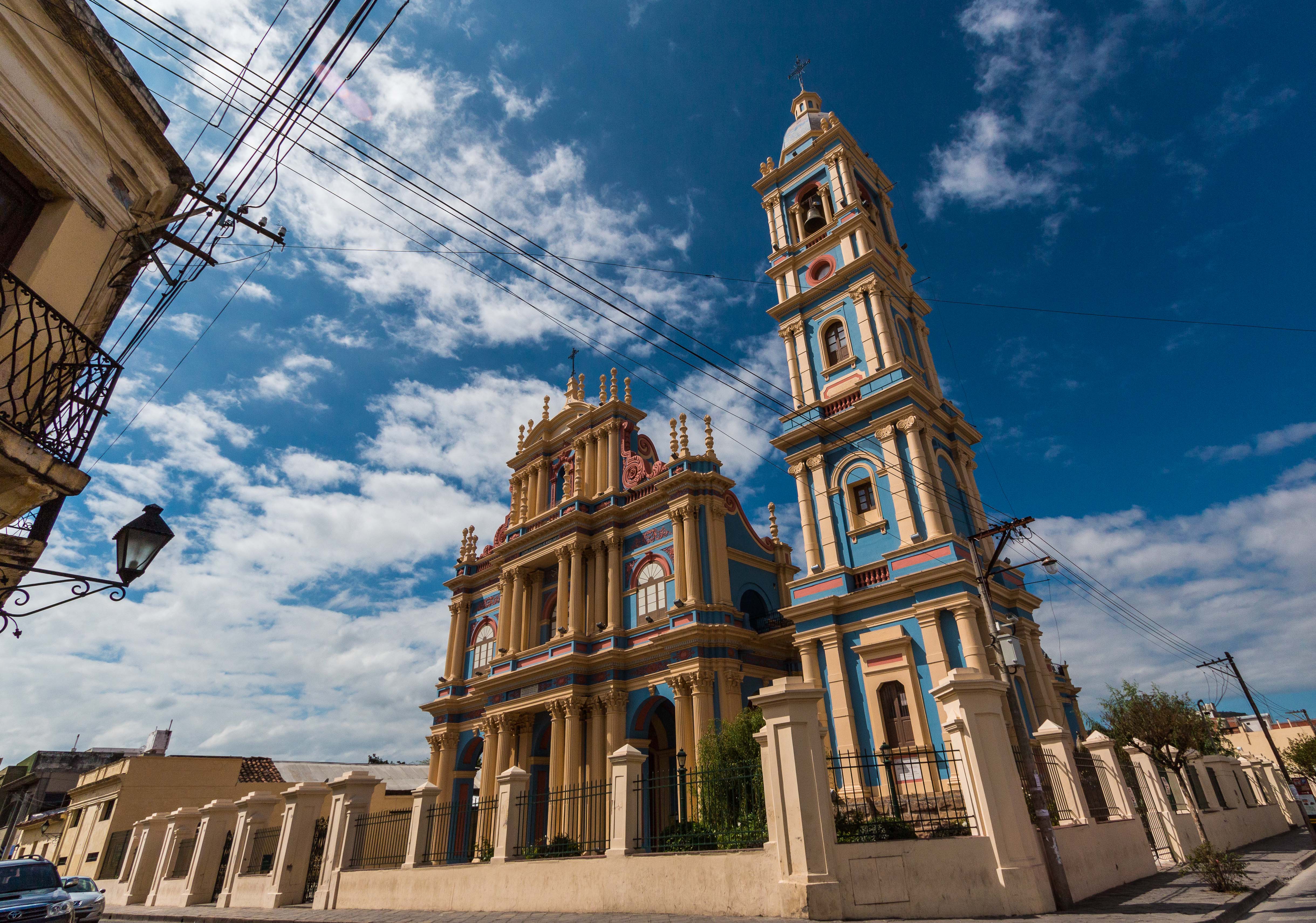 Photo chasingthevine.com
Photo chasingthevine.com
Stop dreaming - Salta can arrange a trip straight into the clouds. At least, it is an eloquent promise by the route of the local express. "Train to the Clouds" ("Tren a las Nubes") is the train heading to the destination which does not have a special value for you. Yes, actually, you find yourself in the clouds on the way. This route connects Salta to a small town of San Antonio de los Cobres. The latter is in the mountain wilderness.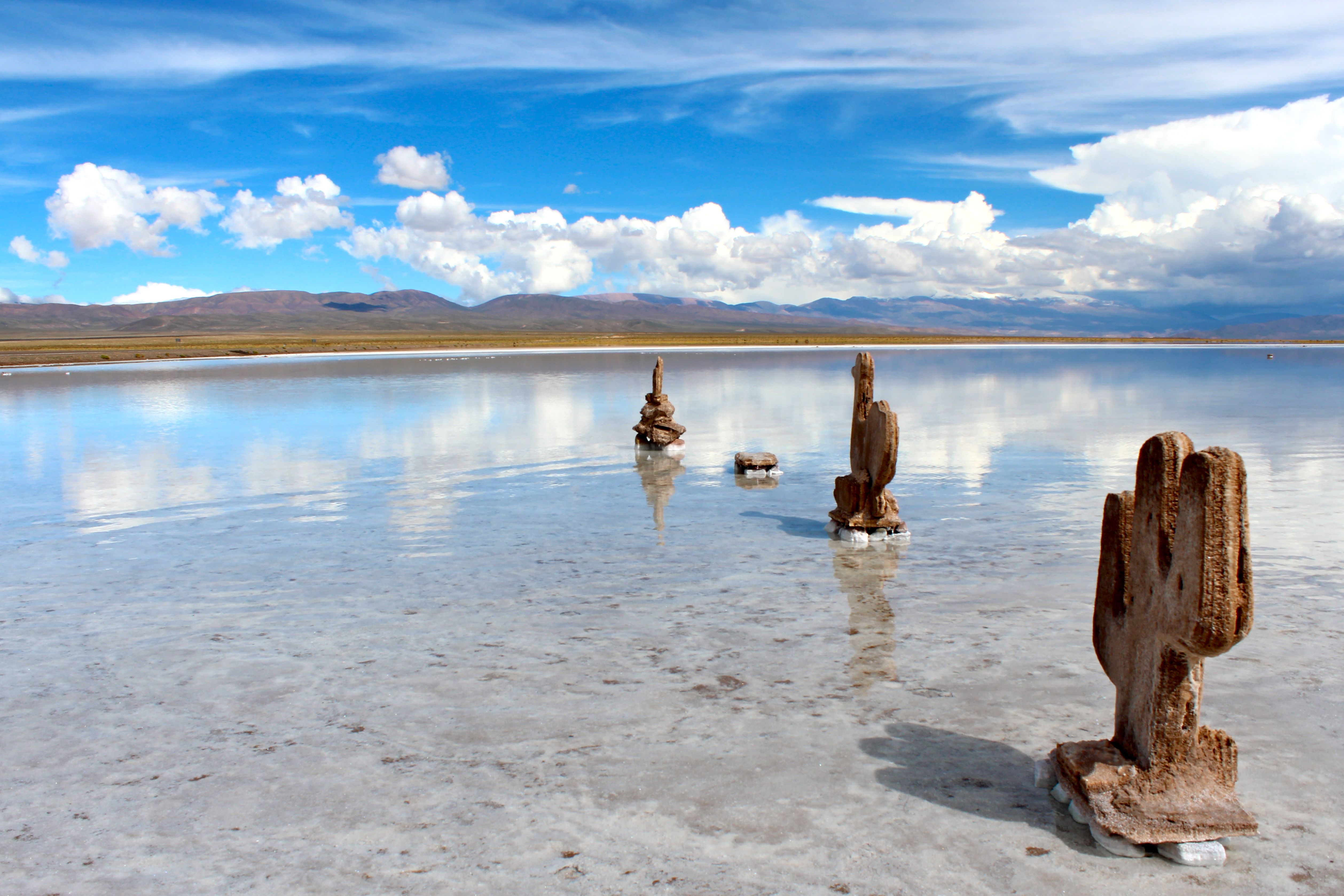 Photo Salinas Grandes in the Province of Salta i.pinimg.com
Photo Salinas Grandes in the Province of Salta i.pinimg.com
The road "Tren a las Nubes" is a picturesque cliffs of the deepest canyons in the world, and a lot of sharpened bridges from rough steel. However, passengers cannot see these beautiful bridges, so they have a unique impression of the celestial road over the clouds that shrouded mountain peaks. And in the final - a dizzying height. It is worthy opening a bottle of champagne: you are on top with altitude of 4000 meters above sea level!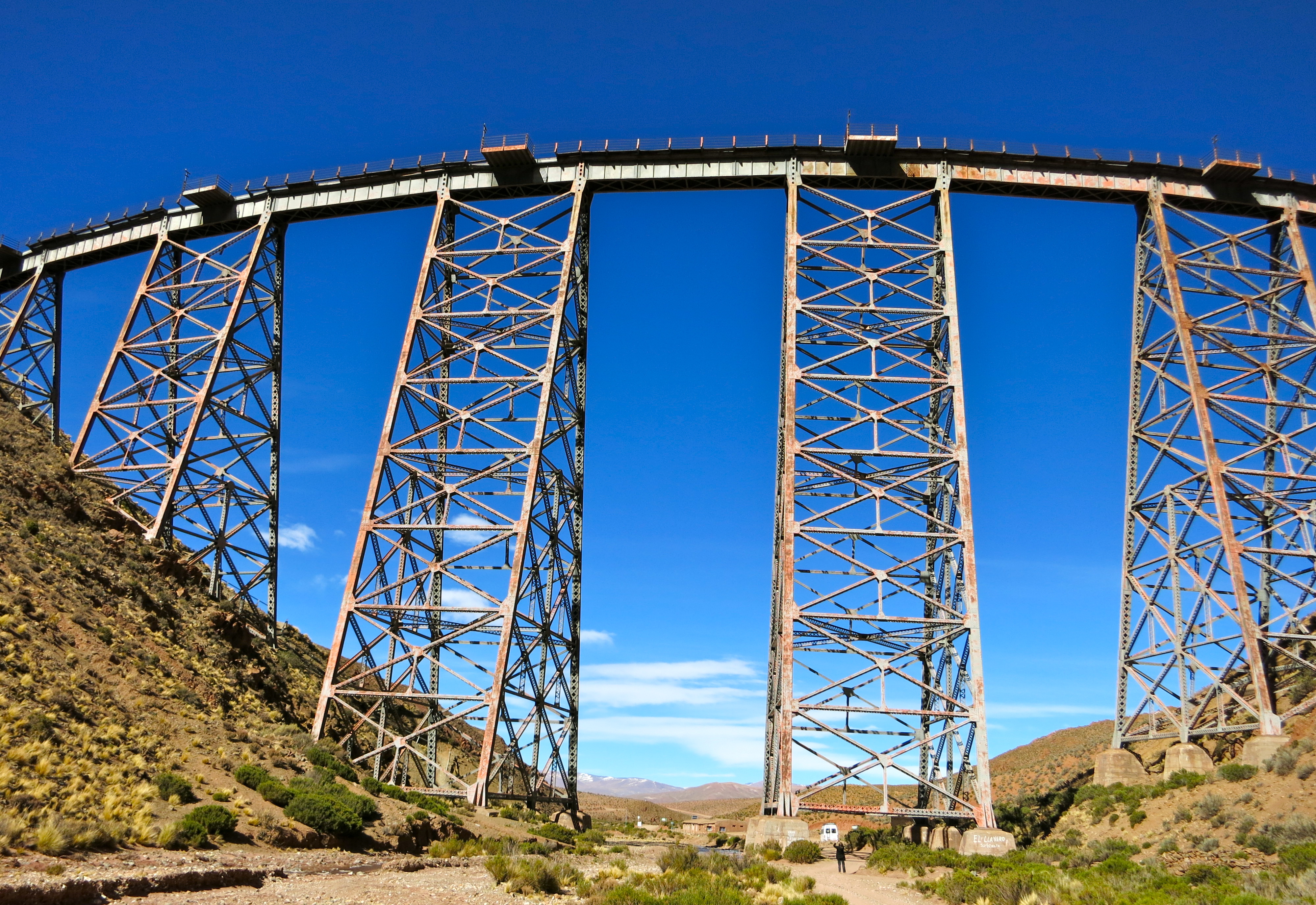 Photo The viaduc of Polvorilla travelwellflysafe.com
Photo The viaduc of Polvorilla travelwellflysafe.com
The train leaves Salta every Saturday at 7:05, back - about 00:00. But from there you can get back by other transport.
How to get to Salta: flight from Buenos Aires takes two hours.
High season: July and August.
Where to stay: the best hotels are 5-star Sheraton, 4-star hotels Portezuelo and Provincial.
Cover photo fodors.com





















